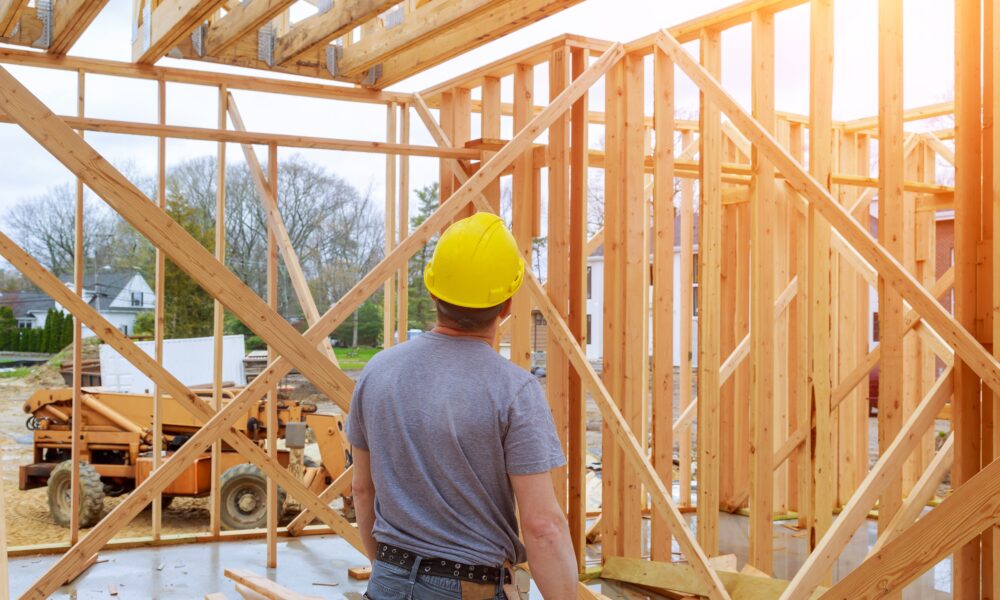Pest inspections are a vital part of the building inspection when buying a home or maintaining your current one. A pest inspection report is a document that reports any pests in a building and shows where they might get in or cause damage in the future. It is usually part of a larger building inspection. Pests can cause much damage to a home. They can eat wood, make nests in walls, and spread diseases. Knowing about pest problems early can save money and keep your home safe.
Expect a pest inspection report
- Basic information – This includes the address, date of inspection, and inspector’s name.
- Areas inspected – The report should list all the areas the inspector checked.
- Pest findings – This part tells you what pests were found, if any.
- Damage – The report will describe any damage caused by pests.
- Risk areas – These are places where pests might get in or cause problems in the future.
- Recommendations – The inspector will suggest ways to fix current problems and prevent future ones.
Read a pest inspection report
Reading a pest report can be overwhelming. Here are some tips to make it easier:
- Don’t panic – Not all pest issues are serious. Many can be fixed easily.
- Look for the main points – Focus on the “findings” and “recommendations” sections first.
- Ask questions – If you need help understanding, ask the inspector or a pest control expert to explain.
- Check for evidence – Good reports include photos of pest damage or entry points.
What to do after getting a pest inspection report
- For minor issues
- Clean up food sources that attract pests
- Seal minor entry points
- Set traps for occasional pests
- For significant issues
- Get quotes from pest control companies
- Ask about different treatment options
- Choose a plan that fits your needs
Preventing future pest problems
A pest inspection report can help you prevent future issues.
- Fix water leaks quickly
- Keep your home clean and dry
- Store food in sealed containers
- Trim trees away from your house
- Seal cracks and holes in your home’s exterior
- Have regular pest inspections
Common pests to look out for
Different areas have different pest problems.
- Termites – They eat wood and can cause significant damage.
- Cockroaches – They can trigger allergies and asthma.
- Ants – Some types can damage wood in your home.
When to get professional help
Sometimes, you need a pro to handle pest problems.
- You see signs of termites or other wood-destroying insects
- There are many rodents in your home
- You have a recurring pest problem
- Pests are in hard-to-reach areas
- You’re not comfortable using pesticides yourself
A pest inspection report is a tool to help you make good decisions about a property. It’s not meant to scare you but to inform you. Understanding how to handle these reports can keep your home safe and pest-free. Regular building inspections, including pest checks, are essential to home ownership. They help you catch problems early and keep your home in good shape. Take advantage of these critical checks. hop over to this website vitalbuildinginspection.com.au/pricing/ for building inspections Sydney.

